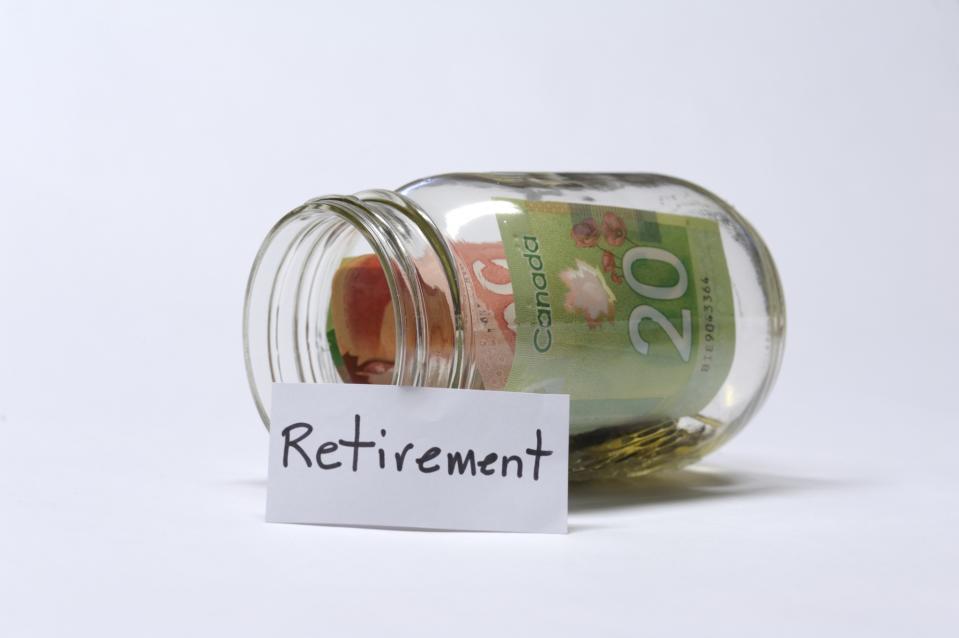RRSP deadline March 1: Seven tips for making last-minute contributions

The month of March is fast approaching, but there’s still time to contribute to your RRSPs. Hop to it now if you want to bulk up your retirement savings and offset the hit from the tax man.
1. Remember deadlines are deadlines.
March 1, 2017, is the deadline for contributions for the 2016 tax year, and that means the latest you contribute is by the end of the March 1 business day. If you plan on contributing in person, be sure to check your financial institution’s hours that day so you don’t show up to find the lights out. There’s no pleading for an extension.
2. Determine how much you can contribute — and afford.
There are limits to how much you can contribute and financial penalties for contributing too much.
Your total contribution room for the year is the lesser of 18 per cent of your earned income for the previous year, or the maximum contribution amount for the current tax year: $25,370 for 2016.
However, you might be able to put in more than that if you have carry-forward room from past years when you didn’t contribute. You can find this information on your notice of assessment from the previous year and will want to know what that number is to avoid over-contributing.
“If you don’t have the extra money around but have decided it is necessary to make the contribution, consider taking it from your TFSA [tax-free savings account] or other savings,” says Katelyn Aitcheson, Sun Life Financial advisor.
3. Consider borrowing.
If you don’t happen to have a small chunk of change in a savings account but want to contribute toward those tax-deferred, tax-sheltered savings, look at other options.
“Some of the lowest cost borrowing available is for RSP contributions,” says Paul Shelestowsky, senior wealth advisor at Meridian credit union.
“There’s an RSP loan and RSP line of credit, both of which tend to have very quick approval times.”
4. Be careful.
When you’re scrambling to get a contribution in, it’s easy to overlook important details like your financial needs and goals, both short- and long-term. In an ideal world, contributions would be considered within a broader, comprehensive financial plan.
“At this time of year, advisors and investors might not have the time to do a full risk and investment analysis to make a full investment recommendation,” Shelestowsky says. “If you’re parking the money, be sure to follow up to ensure it gets invested properly.”
5. Weigh your options.
Despite the benefits of having an RRSP, it’s possible it’s not the right savings vehicle for you. A TFSA may be a better option. Generally, low-income earners (less than $35,000) should look at tax-free savings accounts, since they’re not going to reap the advantages of the tax savings of RRSPs the way higher-income earners do.
Plus, in retirement, withdrawals from RRSPs and RRIFs can lead to clawbacks of Old Age Security and other government programs like the Guaranteed Income Supplement. “The lower the income, the more likely people will be recipients of those government income-tested benefits in retirement.
“Reach out to the financial professionals in your life to see if it makes sense for you to contribute to an RRSP,” Aitcheson says. “Your financial advisors or accountant should be able to give you an opinion about how much you should contribute and if it is necessary.”
6. Remember that RRSPs are meant for distant future.
You don’t want to put money into an RRSP only to have to dip into it two years later. If you have excessive existing high-interest consumer debt (such as credit-card debt) or you’re lacking an emergency savings fund, you may be better off eliminating or reducing that debt or directing your hard-earned money elsewhere.
Financial experts suggest having savings to cover at least three to six months’ worth of expenses on hand. If you have to withdraw from your RRSP, that money will count as income and you’ll pay taxes accordingly.
7. Use the motivation you have to save now and avoid the panic next year.
The easiest way to make RSP contributions is through Pre-Authorized Credits, where you contribute a small amount of your net pay to an RSP each pay period.
“Set up an appointment with your financial advisor or seek out an advisor if you don’t have one when you receive your refund,” Aitcheson says. “It will be a good start for this year’s saving and will give you some time to do proper planning for next year so a last-minute contribution won’t be necessary. You can set up biweekly or monthly contributions into the investment that is right for you and your individual situation.”

 Yahoo Finance
Yahoo Finance 
